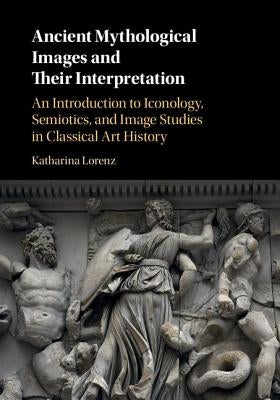1
/
of
1
Cambridge University Press
Ancient Mythological Images and Their Interpretation: An Introduction to Iconology, Semiotics and Image Studies in Classical Art History
Ancient Mythological Images and Their Interpretation: An Introduction to Iconology, Semiotics and Image Studies in Classical Art History
Regular price
$36.99 USD
Regular price
Sale price
$36.99 USD
Shipping calculated at checkout.
Quantity
Couldn't load pickup availability
When we try to make sense of pictures, what do we gain when we use a particular method - and what might we be missing or even losing? Empirical experimentation on three types of mythological imagery - a Classical Greek pot, a frieze from Hellenistic Pergamon and a second-century CE Roman sarcophagus - enables Katharina Lorenz to demonstrate how theoretical approaches to images (specifically, iconology, semiotics, and image studies) impact the meanings we elicit from Greek and Roman art. A guide to Classical images of myth, and also a critical history of Classical archaeology's attempts to give meaning to pictures, this book establishes a dialogue with the wider field of art history and proposes a new framework for the study of ancient visual culture. It will be essential reading not just for students of classical art history and archaeology, but for anyone interested in the possibilities - and the history - of studying visual culture.
Author: Katharina Lorenz
Publisher: Cambridge University Press
Published: 10/05/2016
Pages: 300
Binding Type: Paperback
Weight: 1.30lbs
Size: 9.75h x 6.88w x 0.57d
ISBN: 9780521139724
Author: Katharina Lorenz
Publisher: Cambridge University Press
Published: 10/05/2016
Pages: 300
Binding Type: Paperback
Weight: 1.30lbs
Size: 9.75h x 6.88w x 0.57d
ISBN: 9780521139724
About the Author
Lorenz, Katharina: - Katharina Lorenz is Associate Professor of Classical Studies in the Department of Classics and Director of the Digital Humanities Centre at the University of Nottingham. Her main research interest is in the methodologies for the study of Classical art and their implications for historical understanding. She is the author of Bilder machen Räume: Mythenbilder in pompeianischen Häusern (2008) and has published widely on Greek and Roman visual narrative, Roman painting and the domestic context, art historiography and intellectual history, and digital heritage engagement.
Share


